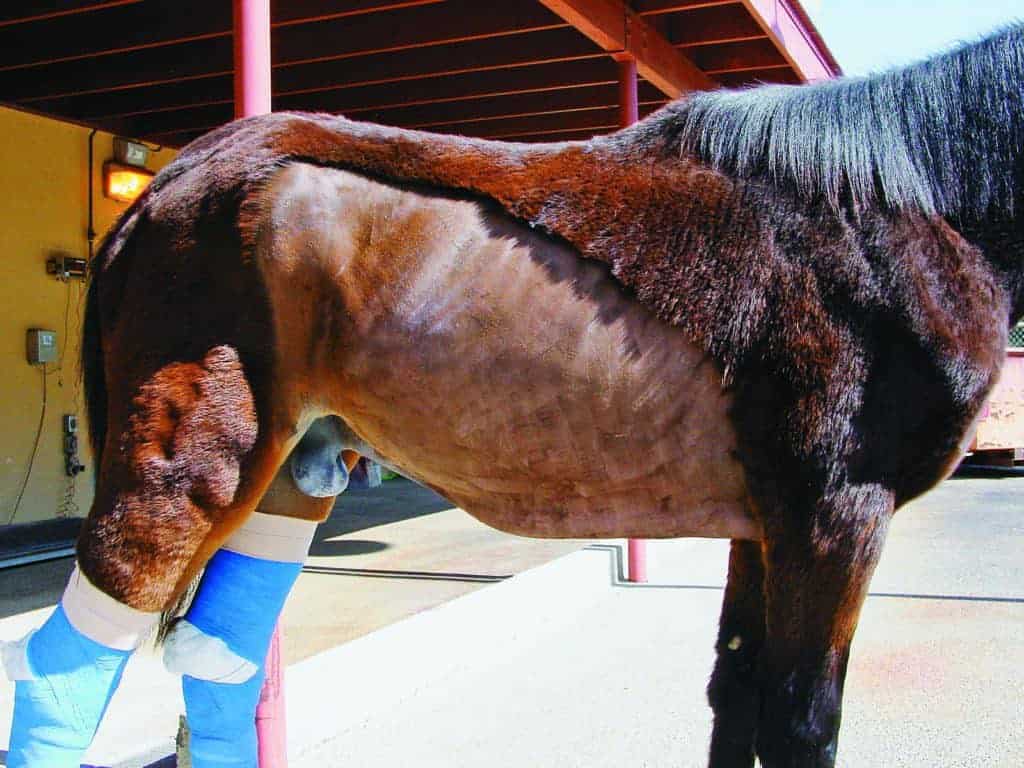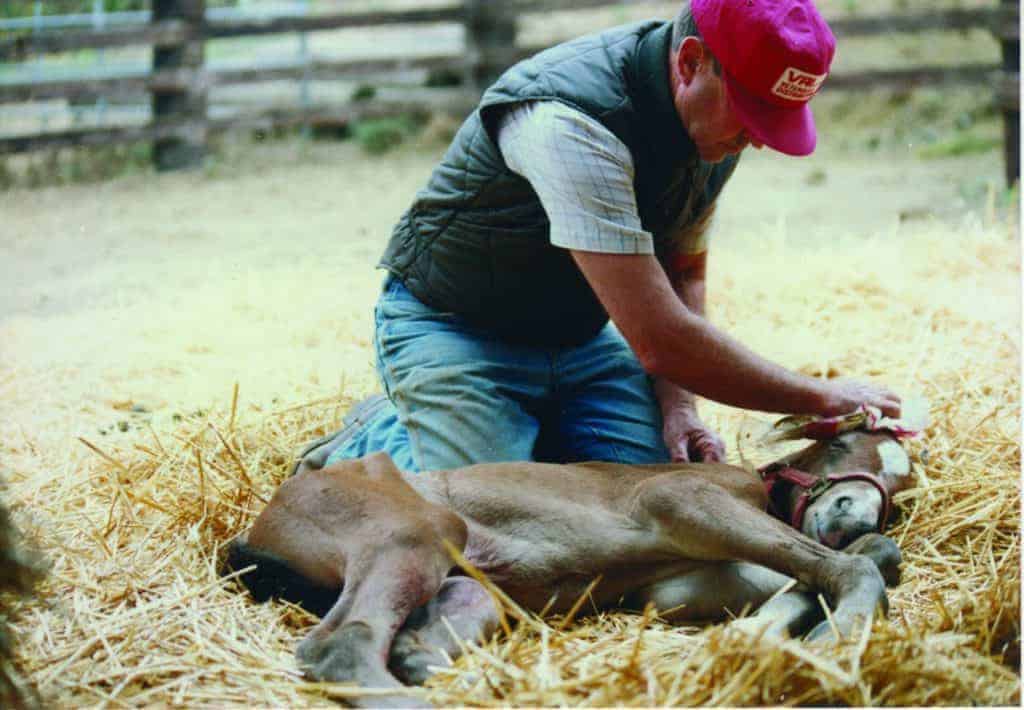Alltech News and Brews Lecture on Foal Diseases, June 27
Dale Brown, DVM, of Rood & Riddle Equine Hospital, will deliver the lecture on diseases in young horses.
Dale Brown, DVM, of Rood & Riddle Equine Hospital, will deliver the lecture on diseases in young horses.
The study on Lawsonia intracellularis involves 14 Thoroughbred farms and 600 Thoroughbreds in Kentucky.

Understanding ailments older foals can develop and treatment options increases the patient’s survival chances.

Researchers found that foals turned out to pasture had similar joint defects as those exercised daily.
Most vaccination schedules begin when the foal is four to six months old.
Work with your veterinarian to properly time treatment and avoid perpetuating drug-resistant parasites.

These issues can be life-threatening if not diagnosed and treated promptly and properly.

Treatment of mares with oral gallium nitrate significantly reduced fecal concentrations of virulent R. equi.
A recent study suggests that with supportive care affected foals can lead healthy and productive lives.
Seven ponies have died at an equestrian center located on the Indian Ocean island of Mayotte.

No adverse reactions to the vaccine were noted and fewer than 2% of the weanlings exhibited signs of disease.
The 2012 program kicks off on Feb. 23 with “Managing Angular Limb Deformities in the Young Horse.”
The Microbiology Lab at Penn Vet is offering a panel of assays to streamline testing for foals with diarrhea.

The overall seroprevalence was 68% on all farms tested, with levels on individual farms ranging from 14-100%.

When it comes to equine education (training), horse owners face as many conflicting viewpoints as new parents.

Prevention is key to avoiding neonatal isoerythrolysis, or destruction of a newborn foal’s red blood cells.
Stay on top of the most recent Horse Health news with
"*" indicates required fields